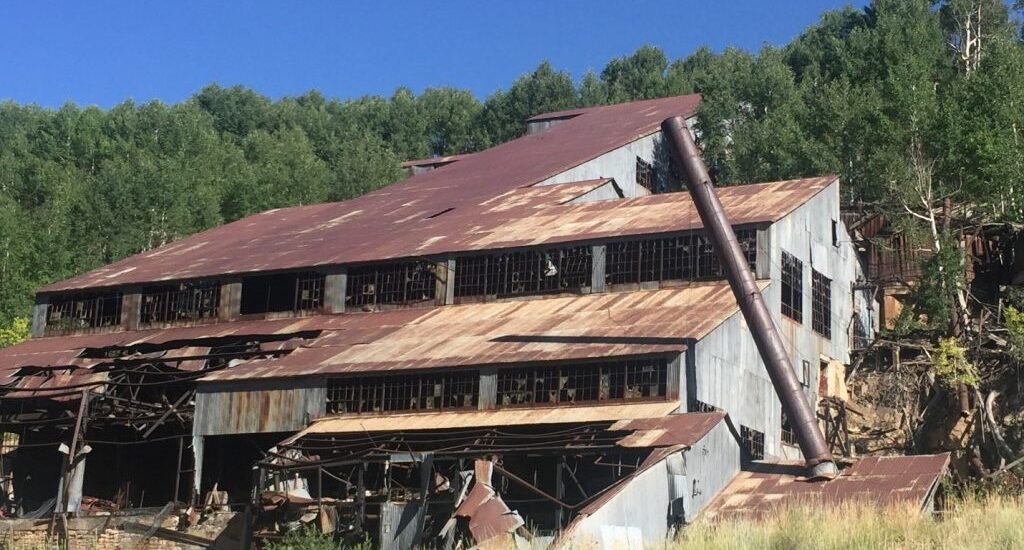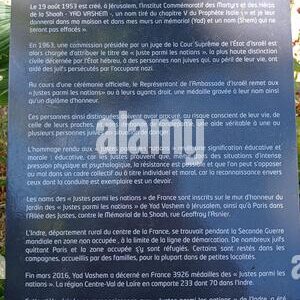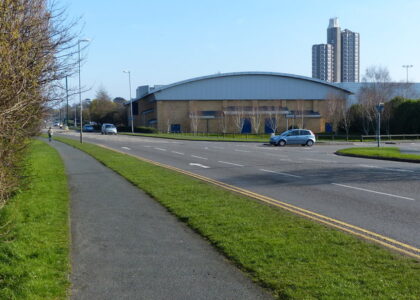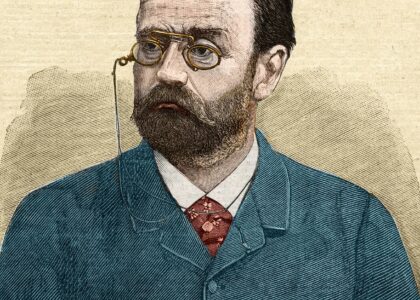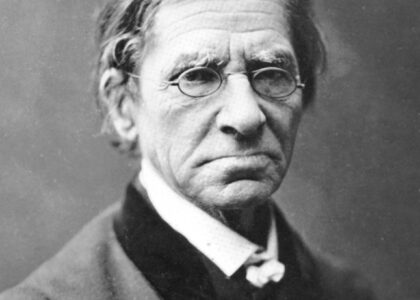Welcome to the historic Silver King Mine, a site that has left a significant mark on the history of mining in the United States. Established in 1892, the Silver King Mine was one of the ‘Big Three’ that propelled Park City, Utah, into the spotlight as one of the most profitable mining camps of its time. The mine’s inception was driven by the vision of Thomas Kearns and David Keith, who consolidated several claims on Treasure Hill, leading to remarkable profits that allowed them to expand their holdings.
Incorporating the mine in 1892 were five colorful and influential figures, each leaving a lasting legacy. Thomas Kearns, who later became a U.S. Senator, and his business partner David Keith were notable for their investments and contributions to the region. Susannah Bransford Emery Holmes Delitch Engalitchev, known as Utah’s Silver Queen, was a prominent figure in this narrative, representing the wealth and influence generated by the mine.
The Silver King Mine saw its heyday in the early 20th century, with a state-of-the-art concentrator built by Keith and Kearns to process the ore. By 1901, an aerial tramway was added, facilitating the transportation of ore to the Denver & Rio Grande Western Railroad. This innovation was part of the ongoing expansion and modernization efforts that characterized the mine’s operations.
However, like many such ventures, the Silver King Mine faced its share of challenges. The mine ceased operations in 1953 due to declining metal prices, marking the end of its active contributions to Park City’s economy. Despite this, the infrastructure and remnants of the mine have been preserved, creating a tangible link to the past. The Silver King Shaft House, with its headframe and hoisting works, stands as a testament to the site’s industrial heritage.
Today, the Silver King Mine’s legacy is woven into the fabric of Park City’s history, with its structures and stories preserved for future generations to explore. It’s a testament to the ambition and ingenuity of those who dared to dream and invest in the rugged terrain of Utah, shaping the region’s economic and cultural landscape.


